Context and Background
This is a Systems Thinking project (Individual final project for Innovation Studio, RISD Fall 2020).
The theme was climate change. For the majority of the semester, we collaboratively researched and devised a class-wide approach to tackle large problems.
We began with research (developing a common language and knowledge base), problem framing (negotiating a shared problem), solution framing (currencies of exchange, design criteria) then moved into individual project framing and implementation (about 3-4 weeks).
Children books for a climate-changed world
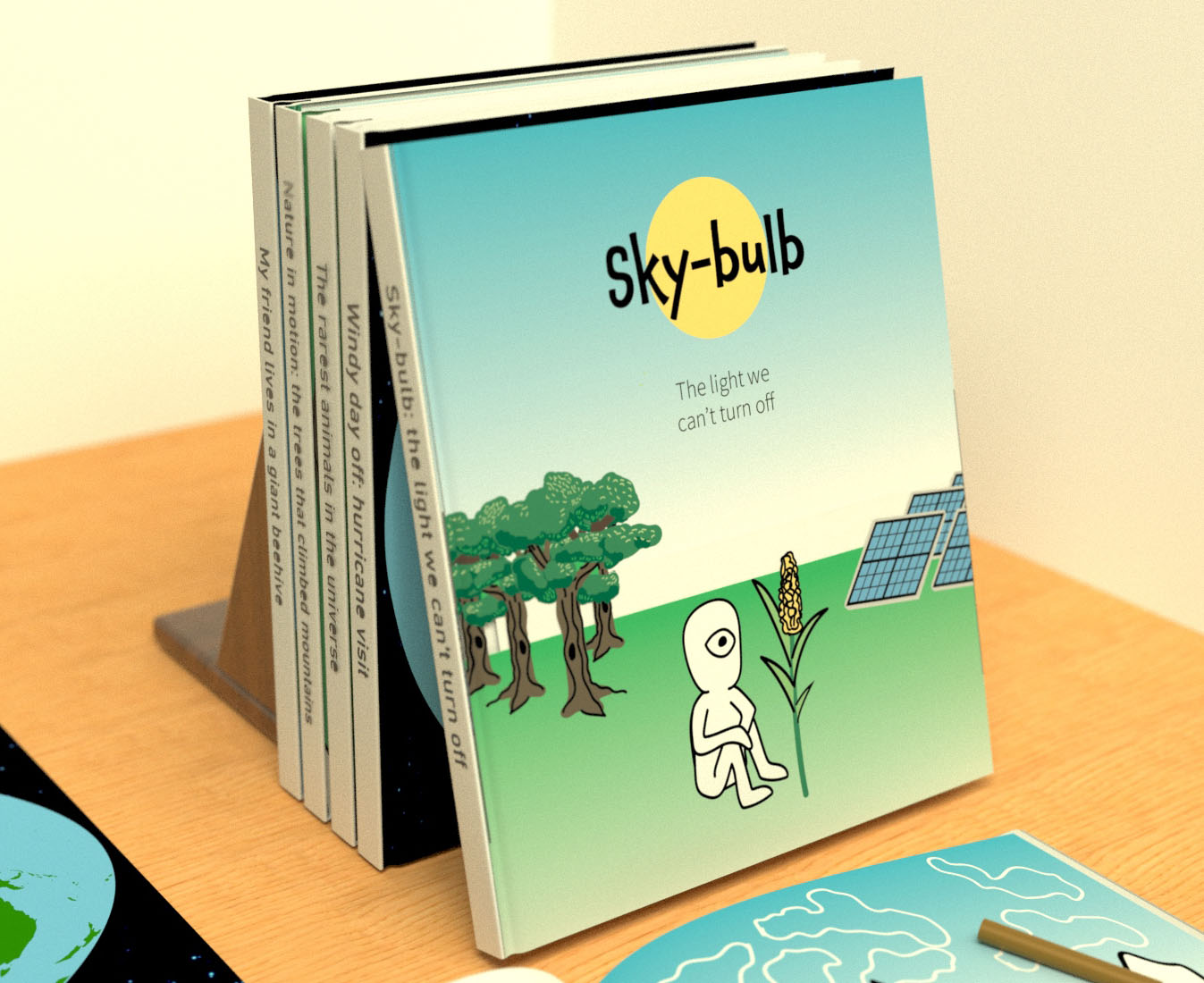
The children of today are the citizens and leaders of 2050.
a 5 years old in 2020 turns 25 in 2040, 35 in 2050.
We can ease their transition into climate changed futures by activating their affinity to nature and cultivating relevant values, thoughts and awareness through meaningful stories.
The book Titles
The stories that need to be told are multi-dimensional.
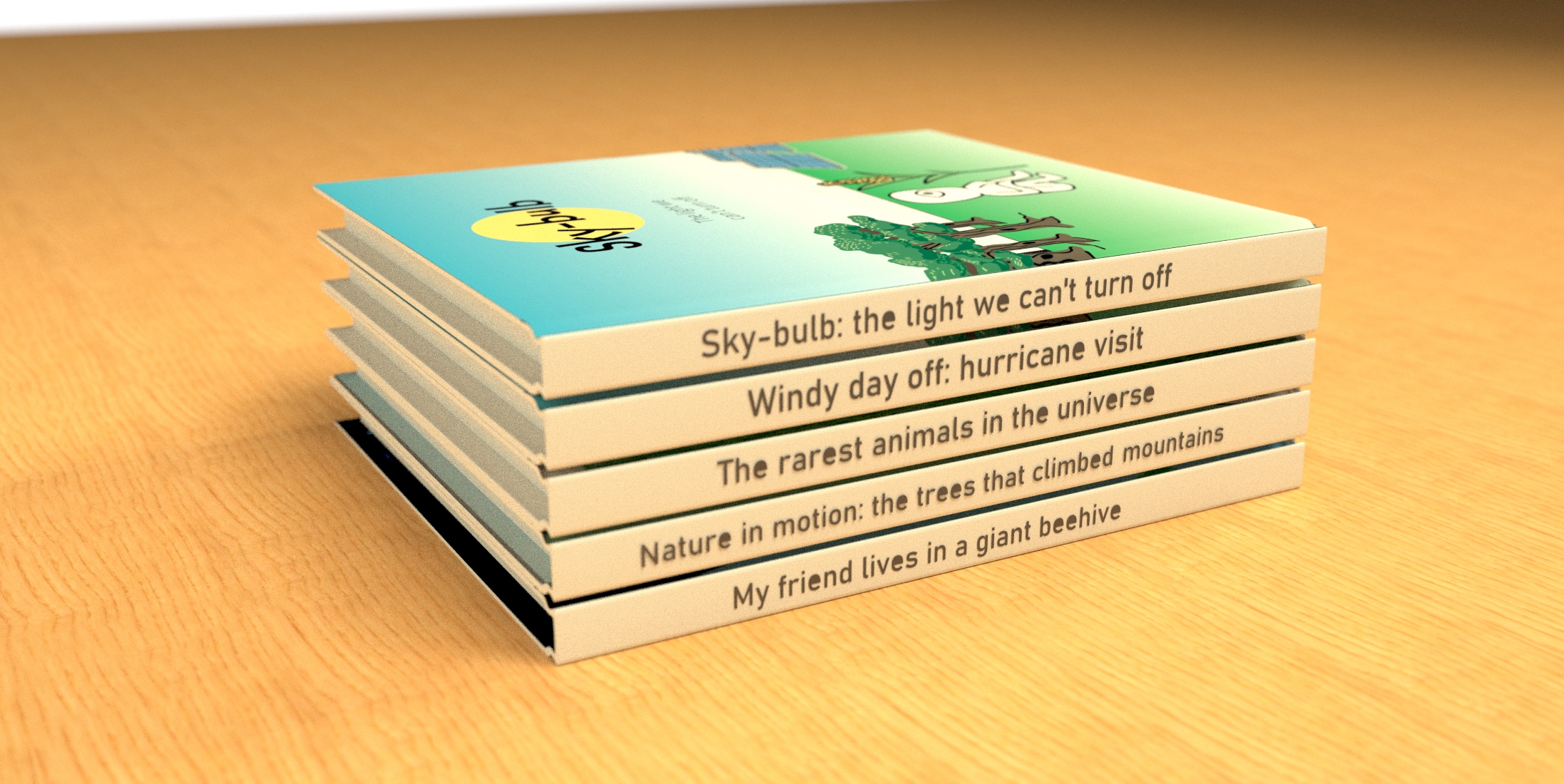
they should frame new relationships between the built environment and the natural world, as well as between other people.
The titles give a glimpse of the big topics that are discussed - the rest can be referenced throughout. The overarching critical topics are:
- Energy
- Architecture and Urban planning
- Transport
- Extreme weather events
- Climate induced migration
- Ecosystem changes
Sample spreads:
From “My friend lives in a giant beehive”
Even though the major topic here is architectural solutions to housing (direct inspiration from SuperAdobe, more on that under “how parents can be engaged”), there is great potential for it to touch on other topics such as climate induced migration, transport and the value of community support.
Even though the major topic here is architectural solutions to housing (direct inspiration from SuperAdobe, more on that under “how parents can be engaged”), there is great potential for it to touch on other topics such as climate induced migration, transport and the value of community support.
 a classmate invites everyone to a home birthday party through zoom, the parent then takes the child there and explains how his friend lives a little far because they got a new home, their old one was in a flooded zone.
a classmate invites everyone to a home birthday party through zoom, the parent then takes the child there and explains how his friend lives a little far because they got a new home, their old one was in a flooded zone. When he gets there he is greeted by his friend and is obsessed by how different the house is.
When he gets there he is greeted by his friend and is obsessed by how different the house is.In windy day off, the character gets a day-off from school because of a hurricane, and prepares with his parent to stay indoors, they go through packing the things they need and covering windows, and move to a retired coal or fossil fuel plant, which has been repurposed to be a community center, but in case of hurricanes is also used as shelters for those whose homes is at risk of flooding.
Sample activities to engage children in the stories
From “Nature in motion: Trees that climb mountains”.
![]()
![]()
Stamps and crayons for children to draw their own forest on different landscapes. The outcome this achieves is familiarize them with variety of trees - expanding their visual vocabulary to include organic forms. I hope that in the same way an expanded vocabulary facilitates thinking, an expanded fluency in natural forms will expand children’s imagination and affinity to nature.
“Trees that climb mountains” in the story refers to the changing habitable altitude ranges for different trees, from increasing temperatures. This has all kinds of effects globally; environmentally as well as socio-economically.
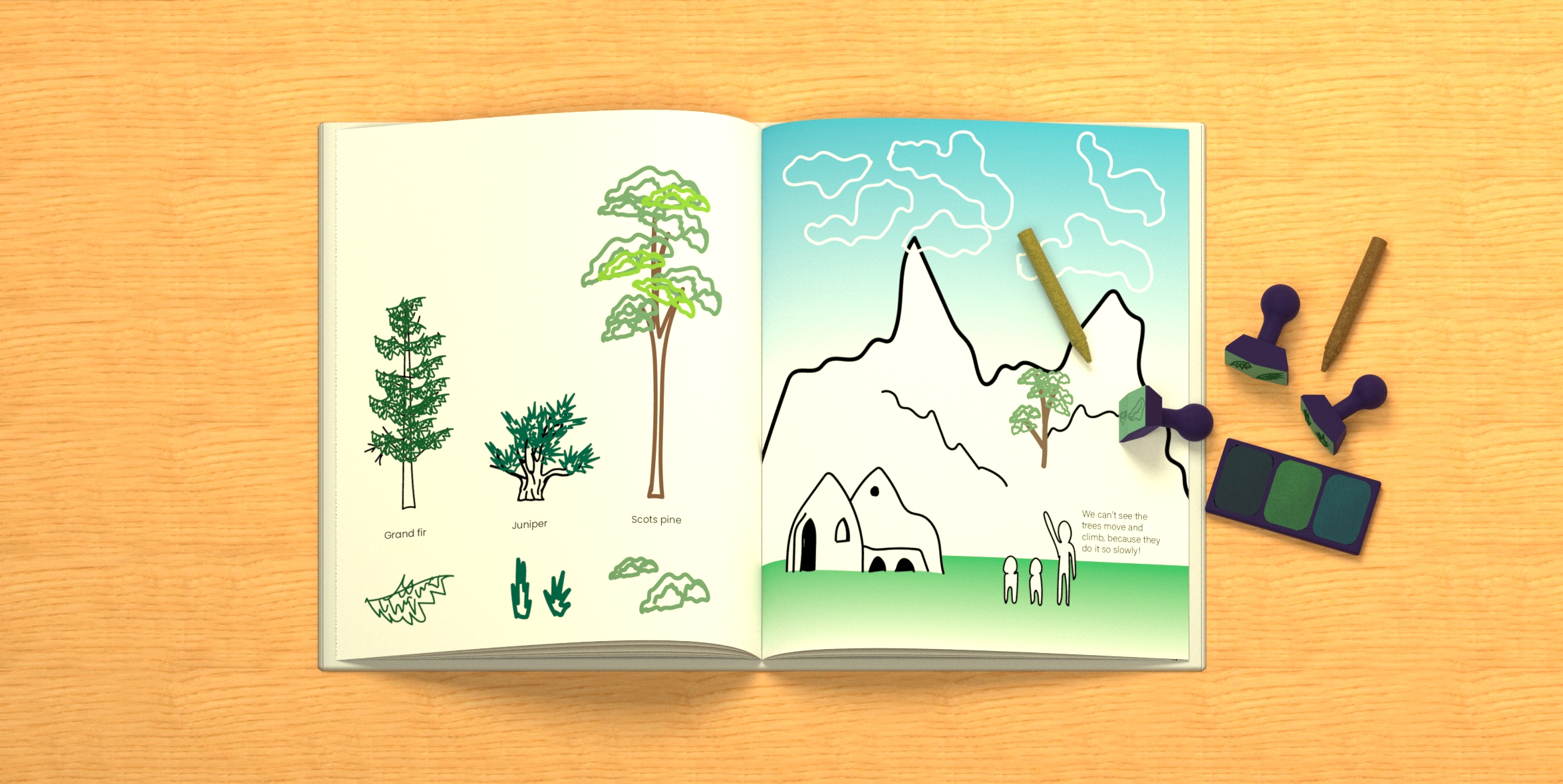
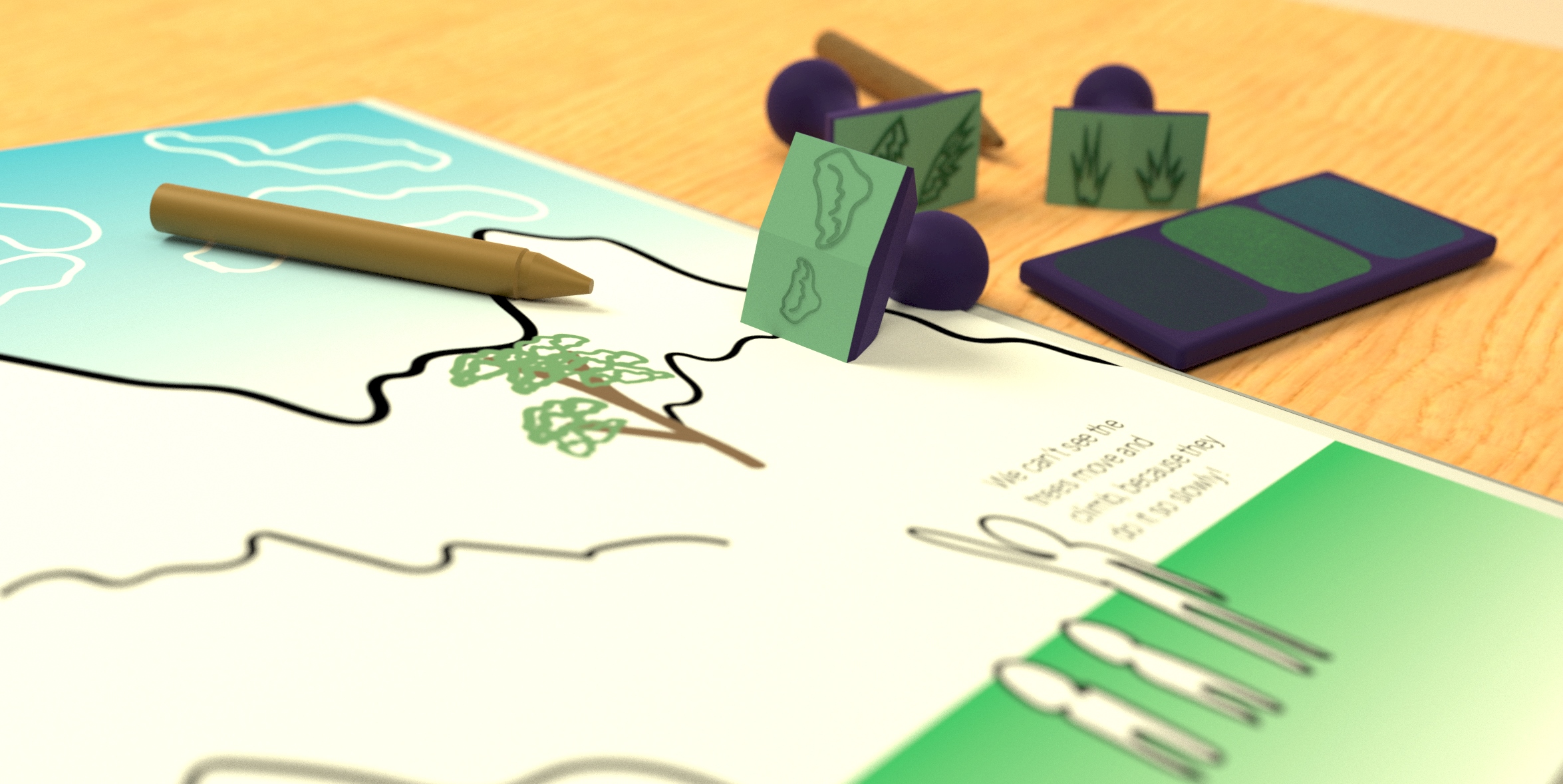
Stamps and crayons for children to draw their own forest on different landscapes. The outcome this achieves is familiarize them with variety of trees - expanding their visual vocabulary to include organic forms. I hope that in the same way an expanded vocabulary facilitates thinking, an expanded fluency in natural forms will expand children’s imagination and affinity to nature.
“Trees that climb mountains” in the story refers to the changing habitable altitude ranges for different trees, from increasing temperatures. This has all kinds of effects globally; environmentally as well as socio-economically.
From “The rarest animals in the universe”

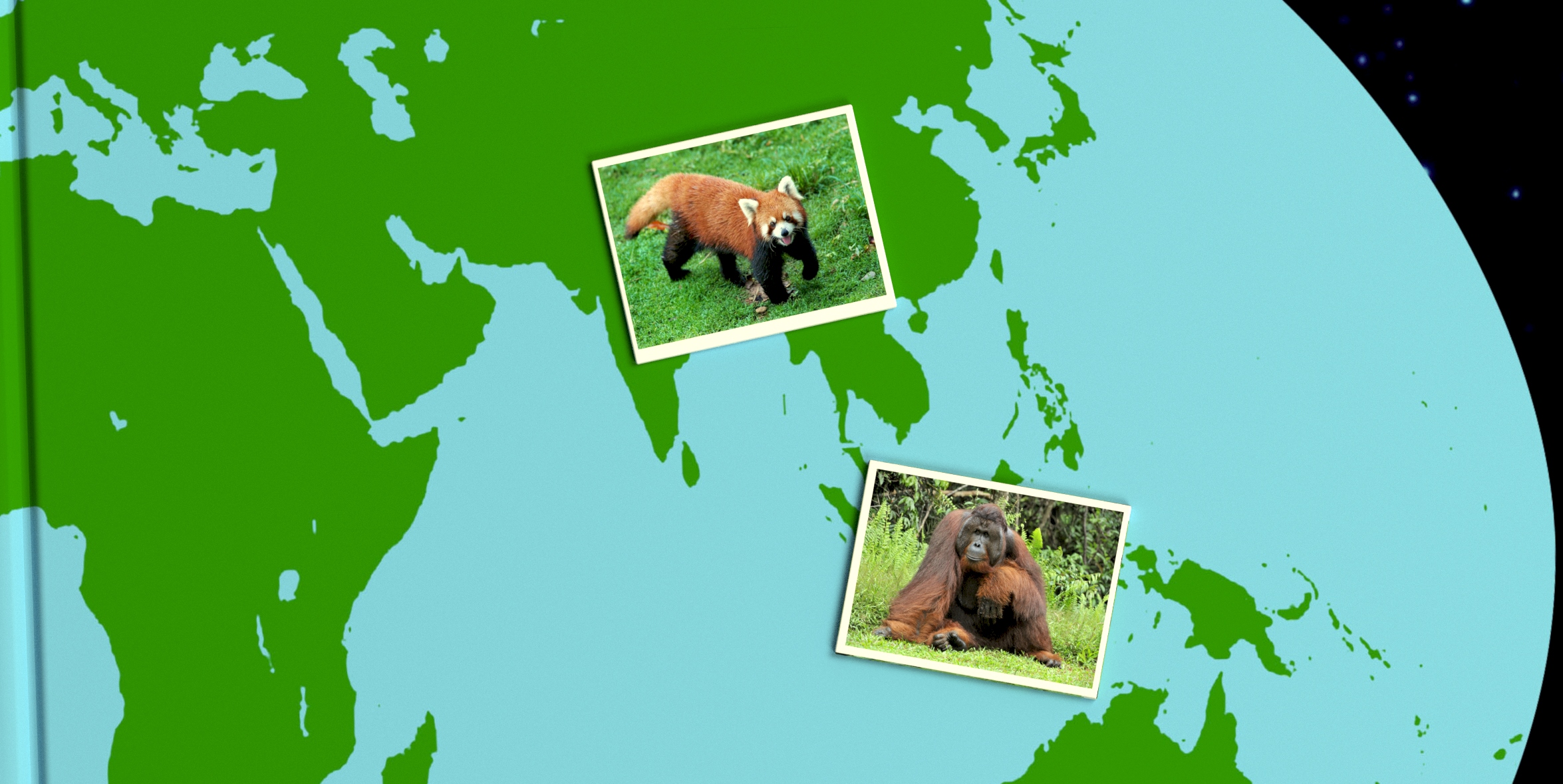
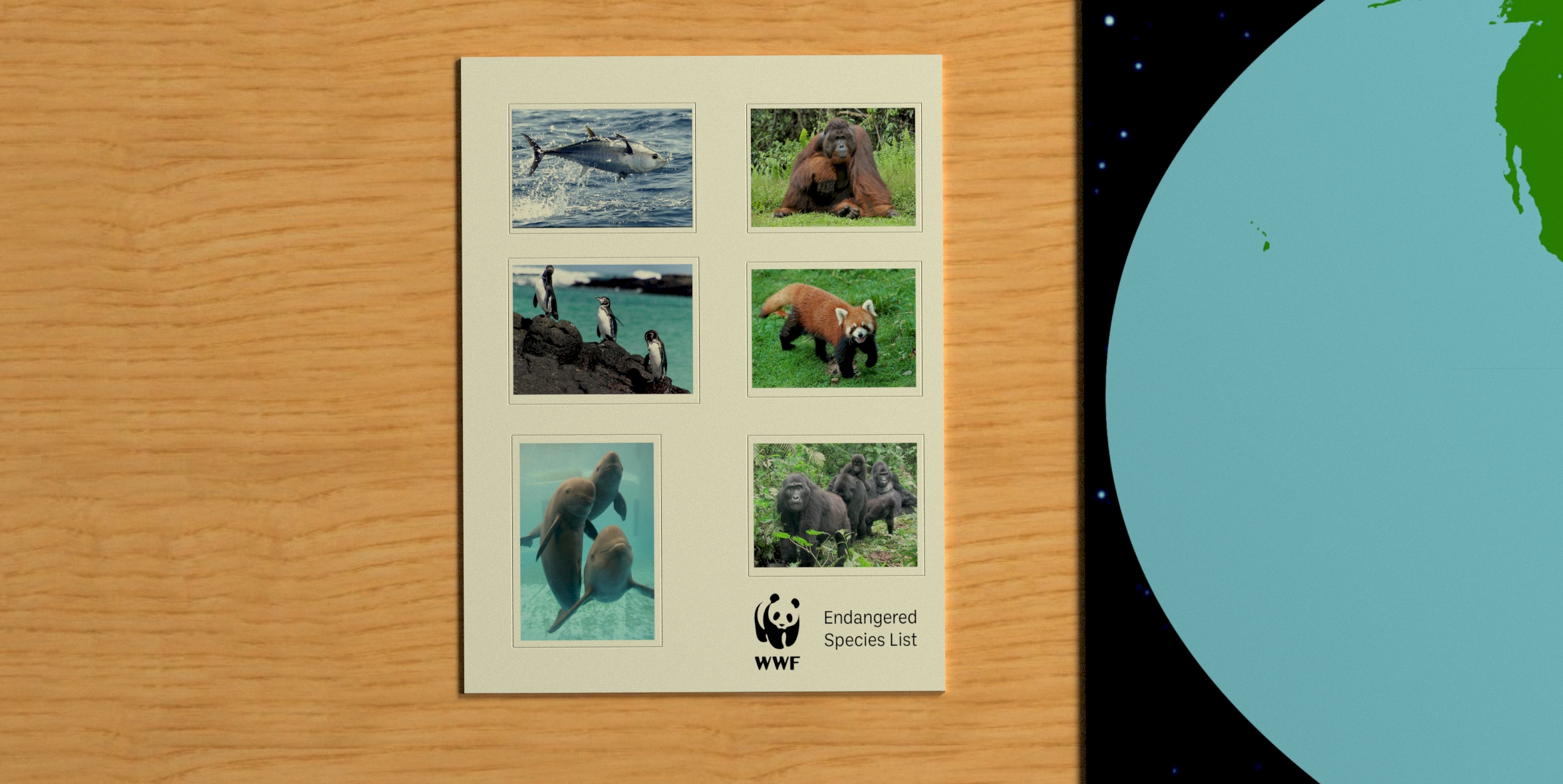

Guessing the location of each endangered species, the parent(s) can explain the animal’s habitat, behavior and status (how many remain). I would like to mention that I didn’t brainstorm the physical form of this activity too thoroughly; I consider it arbitrary. For example the map could be drawing of different habitats (ocean, forest, river, desert), the species could be little toys, paper-cut-outs, etc. In other words the renders of the activity is simply a starting point.